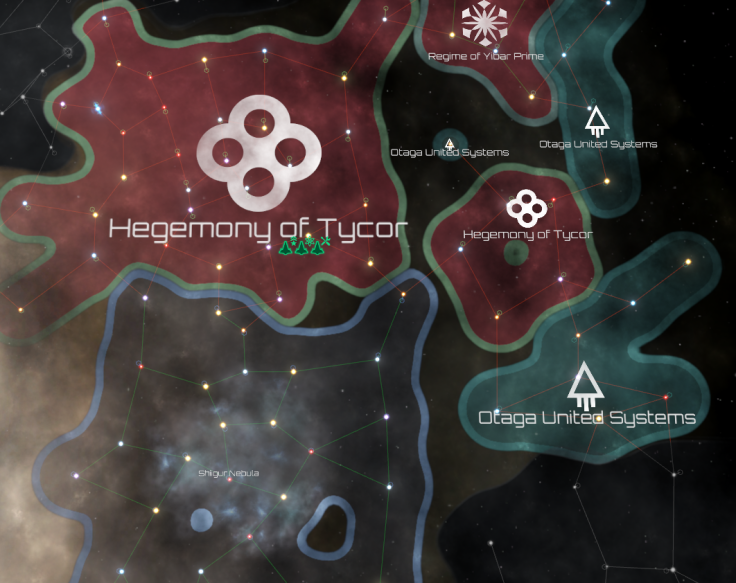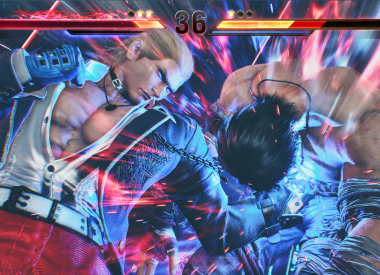The next update to Stellaris, Paradox Interactive’s grand strategy set in outer space, is going to be the biggest the game has ever seen, and will dramatically change some of the game’s most established core systems. Although the Cherryh update doesn’t have a release date yet, Paradox has released a great deal of information on it through a series of developer diaries. There’s a lot of material there, but if you want the 1,000 word executive summary version instead of the 15,000 word version, look no further. Also worth mentioning: Stellaris recently released a Humanoid Species Pack ($7.99), which adds new humanoid star empires and art assets to flesh them out.
The Biggest Changes In The Stellaris Cherryh Update
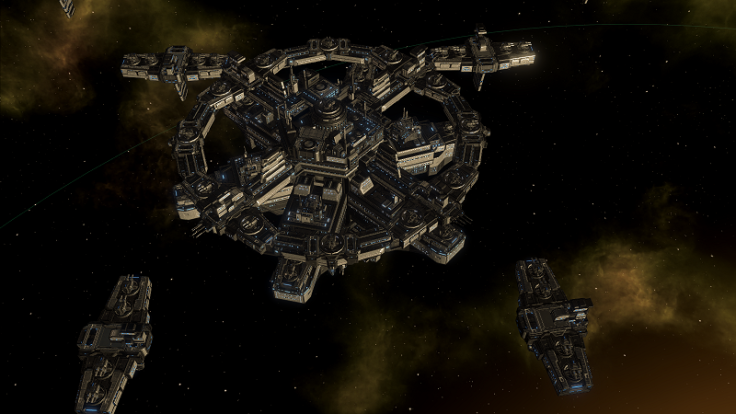
Starbases and Borders
As detailed in the first developer diary on the Cherryh update, the next patch and DLC will entirely rework Starbases and borders. Frontier Stations are gone, and now every star system must be claimed individually by building an outpost in that system. Those outposts can remain small or can grow to become major Starbases, which combine some of the features of the old planetary starbases, military outposts, frontier outposts, and planets themselves into one. A fully developed Starbase can exert massive military, defensive, or economic force over its region—and it can protect your borders.
Consolidated FTL System
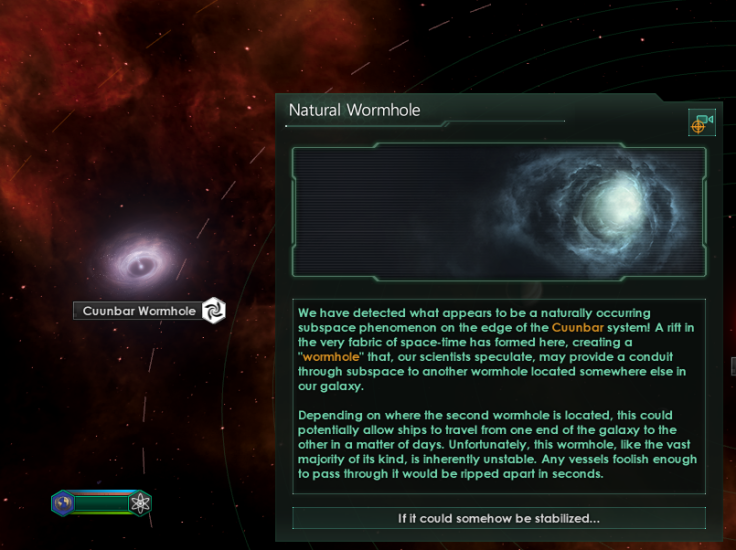
Amid some controversy, Stellaris’ old ‘asymmetric’ faster-than-light travel system is going away. Instead of three separate types of warps, all civilizations will now use a modified version of the hyperdrive system. This cuts out some complexity, but in exchange it allows for a star empire’s borders to actually mean something. Combined with Starbases capable of taking down entire fleets and beefed-up FTL inhibitors, imperial borders can now have actual chokepoints, defensive perimeters, and galactic terrain, whereas in the old system an empire had to be ready to defend every system equally at a moment’s notice. Other new FTL-based features, like natural wormholes connecting distant regions of the galaxy, compensate for some of the complexity of the old systems.
Wargoals and Claims
The Cherryh update will revamp the war/peace negotiation system in Stellaris. Gone will be the days when you could take over a planet on the other side of the galaxy from your civilization without ever actually invading it; now, like other Paradox games, a system of Claims will determine what systems are in reach. Warscore will be replaced by War Exhaustion. The overall purpose of the new system is to enable small wars over limited goals, with victories and losses on both sides, whereas now most wars in Stellaris quickly become all-or-nothing affairs. That said, it’s also intended to make massive wars of conquest more efficient if you’re strong enough, so this could be the best of both worlds.
Ascension and Surveying
Basic ascension perks, introduced in the Utopia DLC, will now be available for free via patch, which will allow Paradox to expand on the system without fracturing the userbase. Meanwhile, the quest-line psionic, synthetic, biological and machine empire ascension paths, as well as megastructures, will continue to be DLC exclusive. There will also be some minor changes to how surveying systems and trading maps works.
Doomstacks and the Ship Designer

Stellaris has long had a Doomstack problem: whoever brought the biggest fleet to a battle tended to win, and the loser of the battle was so seriously crushed that the war was effectively over. The Cherryh Update aims to destroy this dependence on Doomstacks in several ways. First, it gives bonuses to the smaller fleet to ensure they still inflict losses on the bigger one. Second, ships can now disengage from an ongoing battle (even without an emergency FTL), meaning that many ships on both sides will be damaged rather than outright destroyed after a fight. It will be more important to have multiple fleets to defend your borders, and to attach an admiral to each of them.
Ship composition is also being revamped. Reactors will now be fixed and limited to one per ship, although auxiliary boosters can still increase power output. The armor and shields system is more transparent and aims to make a greater variety of ship configurations viable. Missiles have been simplified and beefed up; combat computers expanded; and a new system of War Doctrines introduced, allowing empires to set overall strategic military considerations in exchange for bonuses.
Technology
The Cherryh Update will expand Stellaris’s technology system, adding new tiers of technology and many new technologies, while also making the spread of those technologies and the order you reach them more sensible. The penalties for tech and unity from having a large number of planets will be reduced, and the number of pops will no longer affect tech and unity at all.
Fleets and Armies
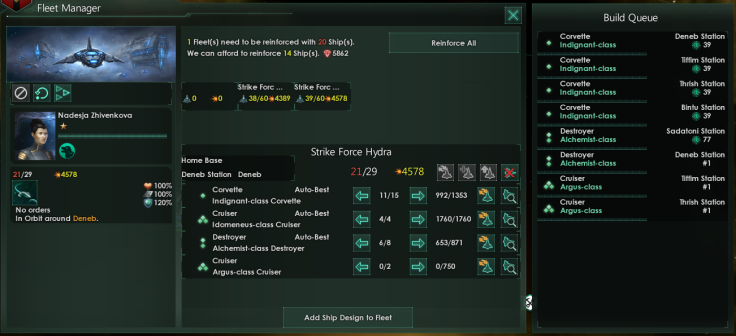
The new Fleet Manager system will make reinforcing and building fleets dramatically easier: you’ll be able to set a specific template for each fleet, not just of types of ships but their configurations as well, and automatically set your starbases to replace ships missing from the fleet.
The ground combat system is also getting an overhaul so that ground-based defense is actually feasible, if you invest enough resources. Defense armies have been boosted, and are now tied to defensive buildings called Fortresses that produce defenders and reduce Unrest. These buildings take up a planetary tile and require population to function, but dramatically improve a planet’s defensibility. Combat width, familiar from Europa Universalis, will also reduce the benefit of invading with overwhelming numbers of weak troops.
Lastly, ground fighting will now cause collateral damage to pops and buildings on the planet, so a particularly fierce fight—or an invasion by unfeeling xenomorphs—can leave a newly captured planet almost entirely in ruins. Orbital bombardment is no longer required for lightly defended systems and is used primarily to soften up armies at the cost of killing pops and destroying buildings. The most violent races will even be able to bombard planets so severely that they’ll become lifeless Tomb Worlds!
That’s quite a lot to digest, but it sounds like that’s just the beginning. The Stellaris Cherryh Update is still a ways away, without a specific release date, but it’s going to be huge. Expect the next dev diary in the New Year on January 11th. Until then, enjoy the Humanoid Species Pack!

